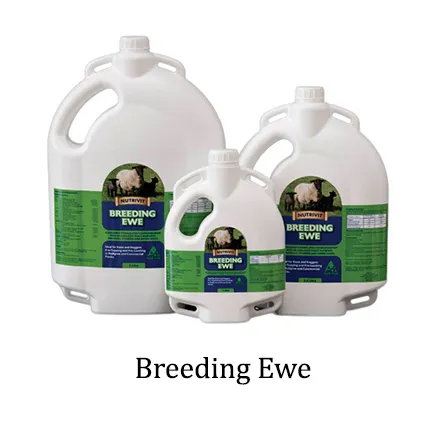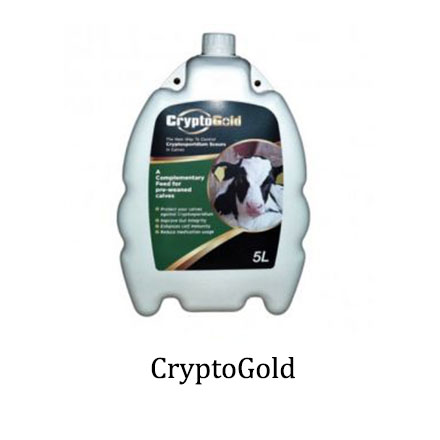
Post-covid inflation, exacerbated by Putin’s war in Ukraine, has led many to predict continued price hikes across the food sector. Most ominously, food shortages seem likely, since Russia and Ukraine are the breadbasket of Europe, typically accounting for 12 percent of all food calories traded in the world and 30% of global wheat production. Even worse, Russia and its ally Belarus are two of the world’s biggest producers of fertilizer, so costs here are unlikely to improve any time soon.
All of this indicates that food security will be one of the buzzwords of 2022. Countries and economic blocks are beginning to look inward, to assess their own ability to weather a potentially terrible storm. As supply chains are disrupted and the price of bread soars, Ireland – like other nations – will have to diversify in its approach to food production. Last week Minister for Agriculture Charlie McConalogue asked farmers to start growing grain due to wartime supply issues.
Now it is not my place to say what farmers should or shouldn’t do on their farms, but given the current state of global disruption, anyone with a piece of ground to their name should certainly consider growing a few staple crops. Even if you don’t plan to grow commercially, it would be wise to keep a vegetable patch this year.
If you own a piece of land, it is relatively easy to produce enough vegetables to seriously reduce your groceries bill. That is why we at Agridirect.ie have composed a list of 4 easy-to-grow, high-yield vegetables that can help you beat food shortages.
Potatoes
While Ireland’s historical dependence on potatoes has had disastrous consequences in the past, there is no denying that the humble spud is the ultimate root vegetable for Irish gardens. Not only are potatoes famously easy to grow, but they also calorie-heavy and chock full of vitamins and minerals like potassium, folate, and vitamins C and B6.
To guarantee a full year’s supply, you should plant an early crop and a main crop. Earlies are usually planted in March while maincrop should be planted in late April or May. Harvest once the stalks die back.
Blight is the constant worry for the potato grower, but it is preventable. There are many great varieties of blight resistant potato; while treatment with a bluestone solution is also helpful.
Sowing tip: Early potatoes can be grown with almost no effort. If you don’t feel like digging or ploughing ridges, you can create a bed using manure and an old silage bale. Simply scatter a good coating of cow manure on a patch of ground. Drop your potato seed into the manure and cover with a heavy layer of old silage. The silage will rot and provide excellent nourishment for the spuds.
We have grown excellent potatoes like this more than once!
Onions
Few dishes can survive without them! The base flavour in so many of Irish meals, the onion is also easy to grow outdoors in this country. It helps that it is also a low-maintenance, high-yield garden vegetable. You can get dozens, or even hundreds of onions, from a fairly small patch of ground. Like spinach, onions have powerful antioxidant properties, so keep them close by if you’ve been having a few too many late-night sessions lately!
Harvest your onions when the stalks start to turn yellow. After you lift them, you should leave them to dry in the sun for a couple of weeks, preferably under glass or polythene. A polytunnel or sunroom is ideal for this. Once the stalks have become fully desiccated, try to string them up, French-style, using old baling twine. This is slow, finnicky work, but great fun too! Once your onions are strung in bunches of 7 or 8, hang them in a cool, dark place. You don’t need a larder or cellar for this. My parents, who have been growing and storing excellent onions for over 20 years, usually store them in the garage. As long as rain and damp can’t get at them, they will be fine and should keep for several months. We use onions from our summer garden for Christmas stuffing!
Sowing tip: For best results, push your onion sets into the loose soil until only the tips are visible. Plant in a row, leaving 4 or 5 inches between sets. Rows should be spaced at least half a foot apart.
Parsnips
The staple of the Irish diet before the arrival of the potato, the humble parsnip deserves a patch of ground in every garden. Appreciated at dinner time for its soft texture and homely, aromatic flavour, the parsnip is likely to reward the efforts of the amateur gardener.
Parsnips will grow in most Irish soil types without much attention. In fact, the hard part is getting the seeds to germinate. While seed packets may advise that you sow as early as February, Irish soil at this time of year is usually too wet for the tiny seeds.
Consider holding off until the warmer weather sweeps across the country in late March, April or even May. If we end up with tropical heat in these months, as in 2020, don’t forget to water your seedlings well during the first weeks after germination.
Sowing tip: Sow your seeds on a bed of soil, about 6 inches apart in rows an inch deep. Cover with soil and sprinkle with water. Rows should be about 1 foot apart, to allow space for the width of the parsnip heads at maturity.
Spinach
I never watched much of Popeye the Sailor Man, but he certainly understood his leafy greens! There aren’t many vegetables with better credentials than spinach. A crop well-suited to Irish gardens, spinach can be sown at most times during the growing season (April to August). It will grow almost anywhere, and requires very little care once it has germinated.
Spinach is also a healthy superfood. It has a very high iron content, and is believed to help in the prevention of hair loss!
If you have a few too many drinks some lockdown weekend, try chewing on some spinach during the following days. With powerful antioxidant and anti-inflammatory properties, it might be the detox you need.
Sowing Tip: Sow spinach in trays between April and August, and keep indoors for the first couple of weeks after germination. Once the plants are strong enough, transplant to a patch in your vegetable garden. Be wary of planting large amounts though, unless you have a lot of mouths to feed. Spinach is inclined to bolt and run to seed very quickly!














